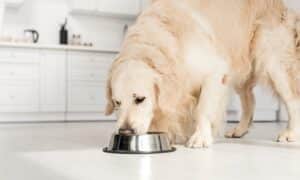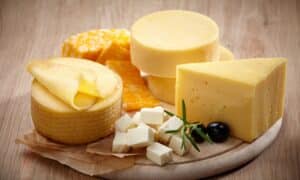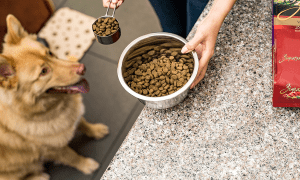“This post contains affiliate links, and I will be compensated if you make a purchase after clicking on my links.”
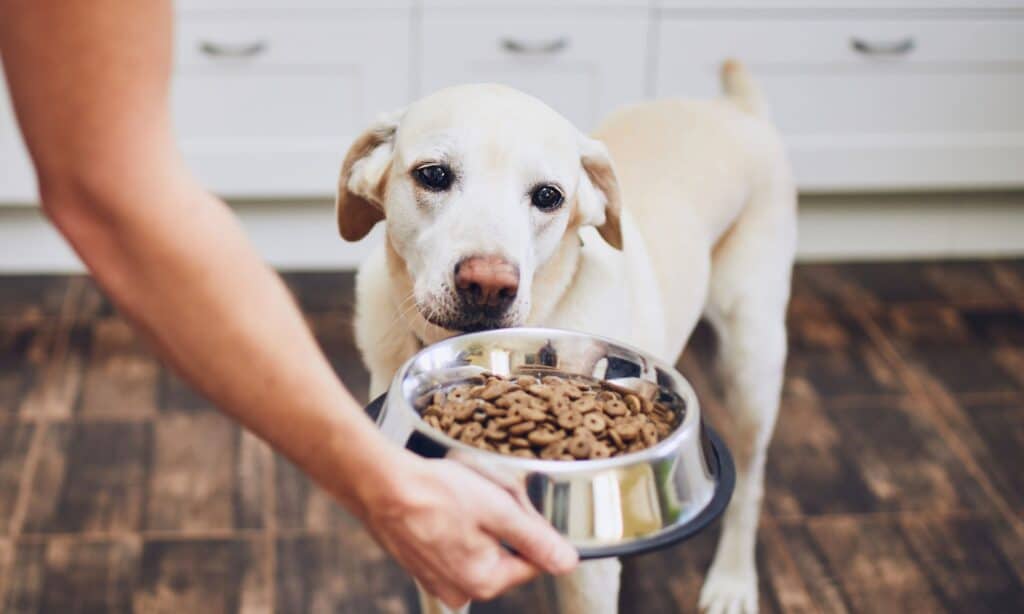
Dogs have different nutritional needs than humans. Over the years, manufacturers of pet food have acquired the nutritional expertise necessary to ensure that they meet the diverse needs of pet nutrition. Over time, the pet food industry has seen a dramatic change because of the growing understanding of pet nutrition and food technology. Pets are already living longer, healthier lives thanks to better nutrition, which is now widely acknowledged by the veterinary profession.
So what is actually inside those dog foods? Here are the top ingredients used in them:

Fats and Oil
Dogs, like all animals, require a certain amount of fat in their diet to survive. Fat occurs naturally in many foods, but because dogs find fats so desirable, extra fat is frequently added to dog foods. Fats and oils provide a supply of energy and essential fatty acids. Energy and necessary fatty acids can be obtained from fats and oils.
In addition to kidney function, reproduction, and a shiny coat, they are essential for good health. Essential fatty acids (EFAs) are divided into two categories: omega 3 and omega 6. Some fats also supply a source of vitamins A, D, E & K. It is often a good idea to look for foods with higher fat levels for picky dogs, but be cautious as too much fat can result in the same kinds of issues as in people.
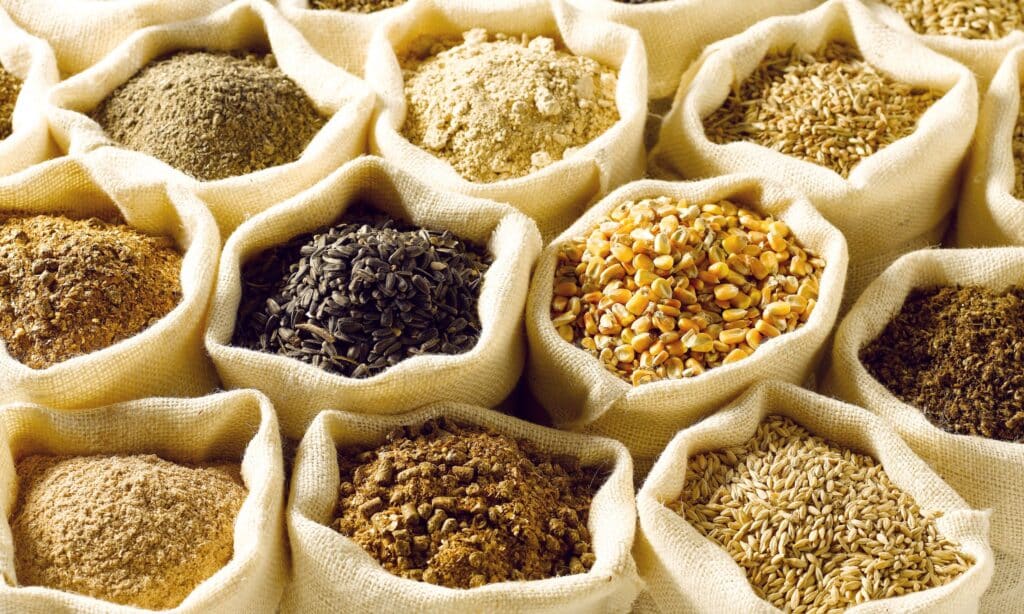
Grains
Grains contain a lot of vitamins, minerals, and fiber. They supply carbohydrates and help preserve the form and crunch of dry pet food. Manufacturers of commercial dog food have typically relied on wheat and corn, although barley, oats, and rye have become more popular in recent years. When weighing the advantages and disadvantages of grain-free dog food, dog owners should take a few key factors into account.
You can put your dog on a grain-free diet if he has a grain allergy, which should help with his health problems. Additionally, since some dogs have trouble digesting carbs, grain-free pet diets may be advantageous if your dog has digestive problems. Dog meals containing grains may contain wheat gluten or corn meal, which are inexpensive fillers with little nutritional value and lower the quality of the kibble or wet food.
Wheat gluten and maize meal, which are inexpensive fillers with little nutritional value and lower the quality of the kibble or wet food, may be included in dog meals containing grains. On the other hand, many grain-free dog diets may use better-quality ingredients rather than fillers. The disadvantage is that if your dog can digest grains easily, grain-free dog food might not be the ideal choice for him. Your dog may require whole grains or other healthy grains to meet all of his nutritional needs.
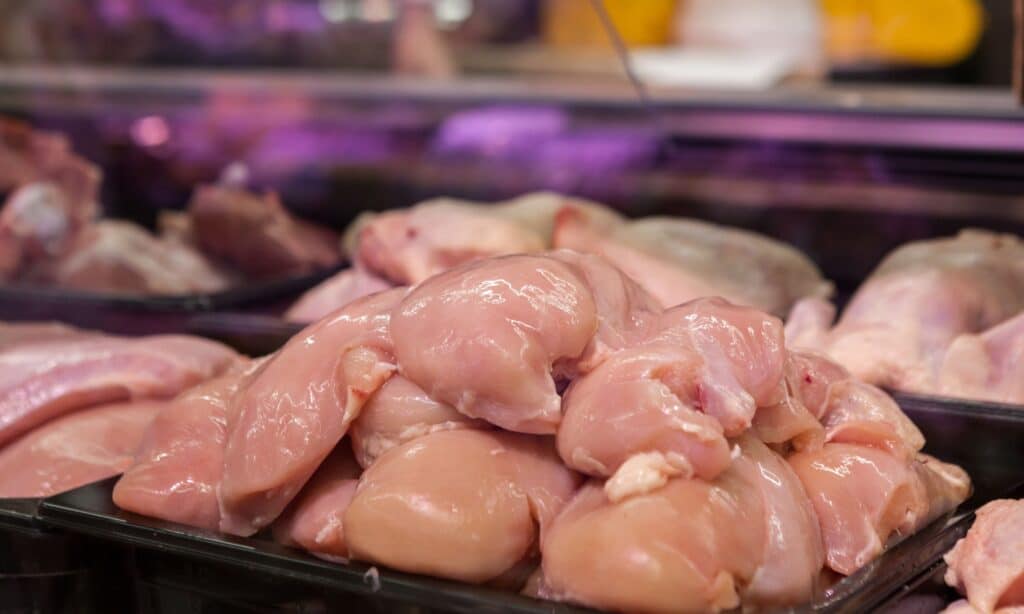
Chicken
The most popular ingredient in dog food is probably chicken. It can be found in some form in almost all dog foods, even those that are advertised as having various flavors. For example, the majority of dog diets with salmon flavor also contain significant amounts of chicken. You’ll frequently find chicken fat in dog diets, including hypoallergenic dog foods.
Fortunately, chicken fat doesn’t include any of the proteins that cause chicken allergies, making it safe for dogs to consume. Furthermore, most dogs benefit greatly from eating chicken. It prevents excessive weight gain by providing high doses of protein and being quite lean.
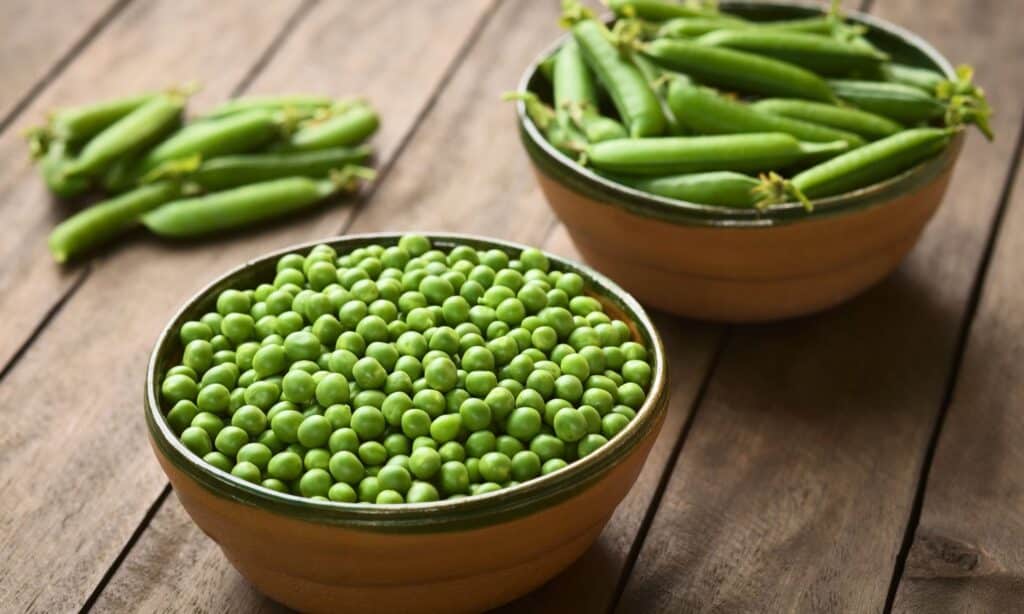
Peas
Peas are used in many grain-free dog diets. In fact, peas are used in place of grains in the vast majority of grain-free dog diets. As a result, the company’s grain-free dog diets don’t actually need extra meat in them. Instead, they just need to add peas, which are really cheap. Peas contain a lot of protein. This protein, however, is incomplete because it lacks some essential amino acids. Furthermore, its absorbability has not been thoroughly investigated, so we are unsure of the exact amount of pea protein that dogs can consume in their diet.

By-Products
One of the unattractive ingredients is by-products. By-products aren’t always bad, but they’re also not always good. Anything on an animal that isn’t generally consumed by humans is a by-product. This description, therefore, leaves out the majority of the muscle meat. However, some other meats, such as organ meats, are nutrient-rich. If by-products are created from these finer cuts, they can be highly nourishing.
The issue is that you can’t be certain that the by-products included in your dog’s meal were created from the best cuts. They may instead include substances with little nutritional value. They are therefore typically regarded as lower-quality ingredients compared to complete chicken muscle meat. But that perception is wrong, as organ meats that humans would not consume can have considerable nutritional value for dogs. The heart, for example, contains a high concentration of the amino acid taurine, and proper taurine levels in dog food are critical for preventing the development of dilated cardiomyopathy, or DCM.
And there you have it!


